Rewind Review: Severance, "The We We Are" | Season 1, Episode 9
Forty minutes of pure adrenaline create a thrilling conclusion, so long as you don't expect much in the way of answers
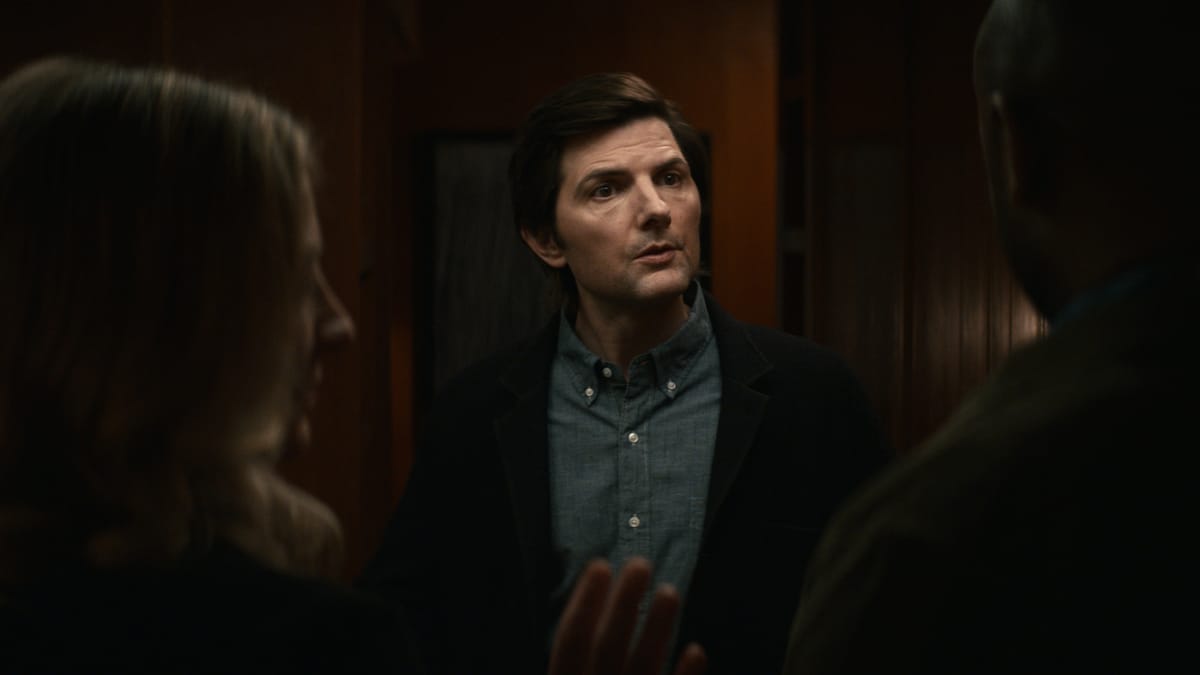
Welcome to the end of our Severance Rewind Review journey. Next week, the show returns for its second season, and I hope you’ll join us for what might be one of the most engaged comment sections in the newsletter’s history.
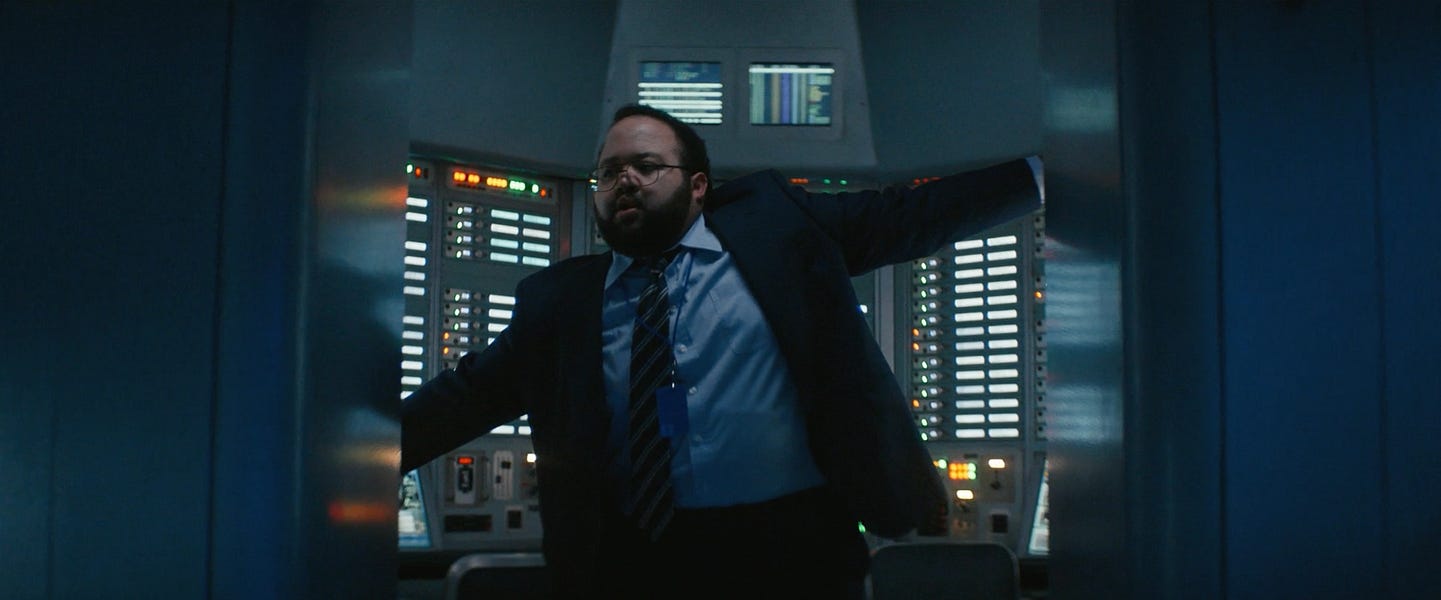
To join the conversation in the original reviews (you can find the comments at the link above), see the above link. However, I’ve left comments open on this review for folks who have caught up with the whole season ahead of Season 2.
In addition to this review, I was also able to chat about the finale with friend of the Substack David Chen on his YouTube channel, which you can watch/listen to here.
As a televisual experience, “The We We Are” is thrilling. Often wordless, it embodies the ticking clock on the Overtime Contingency: Dylan’s outstretched arms won’t hold forever, and with each passing moment the soundtrack grows louder, the show’s theme song building to a crescendo as each of the “Innies” reaches a pivotal moment of discovery in their time “above ground.” At less than forty minutes, the finale plays more as an extended scene than an episode, embedding us in this first—and maybe last—gasp at freedom for our heroes.
However, as a finale to Severance’s first season, “The We We Are” feels self-limiting, and points to the challenge of calculating the number of revelations necessary to sustain a “mystery show” as it moves forward. It specifically embodies the trend of streaming shows that treat the entire first season as a pilot, taking nine episodes to get to where a traditional broadcast pilot would have historically tried to get in an hour. By the end of this thrilling forty minutes of television, we’re no closer to learning what’s really going on at Lumon: we just have a better understanding of how we might get the answers we seek when the show returns for a (now confirmed) second season.
Skeptical as I am of the 7-hour pilot, though, I left the first season of Severance feeling like this is the best possible execution of it, and the limitations placed on “The We We Are” nonetheless create something that lifts the stories that came before it. It probably needed a few more substantive insights into what’s really happening on the severed floor to fully satisfy my narrative expectations, but its close focus on characterization and in the collective “we” of its title foreground character development in a context where these “people” are truly developing and growing before our eyes. I don’t know that I’m fully onboard with where the worldbuilding of Severance lands in this finale, but I’m excited about how it awakens and reorients its characters, and that has me excited for a second season so long as we’ve moved past the stage of half-reveals by then.
For lots of reasons, it makes sense to divide this up by character, because while Cobel offers a minor bit of convergence they really are on individual journeys here the moment that Dylan flips those switches and brings them to life on the outside.
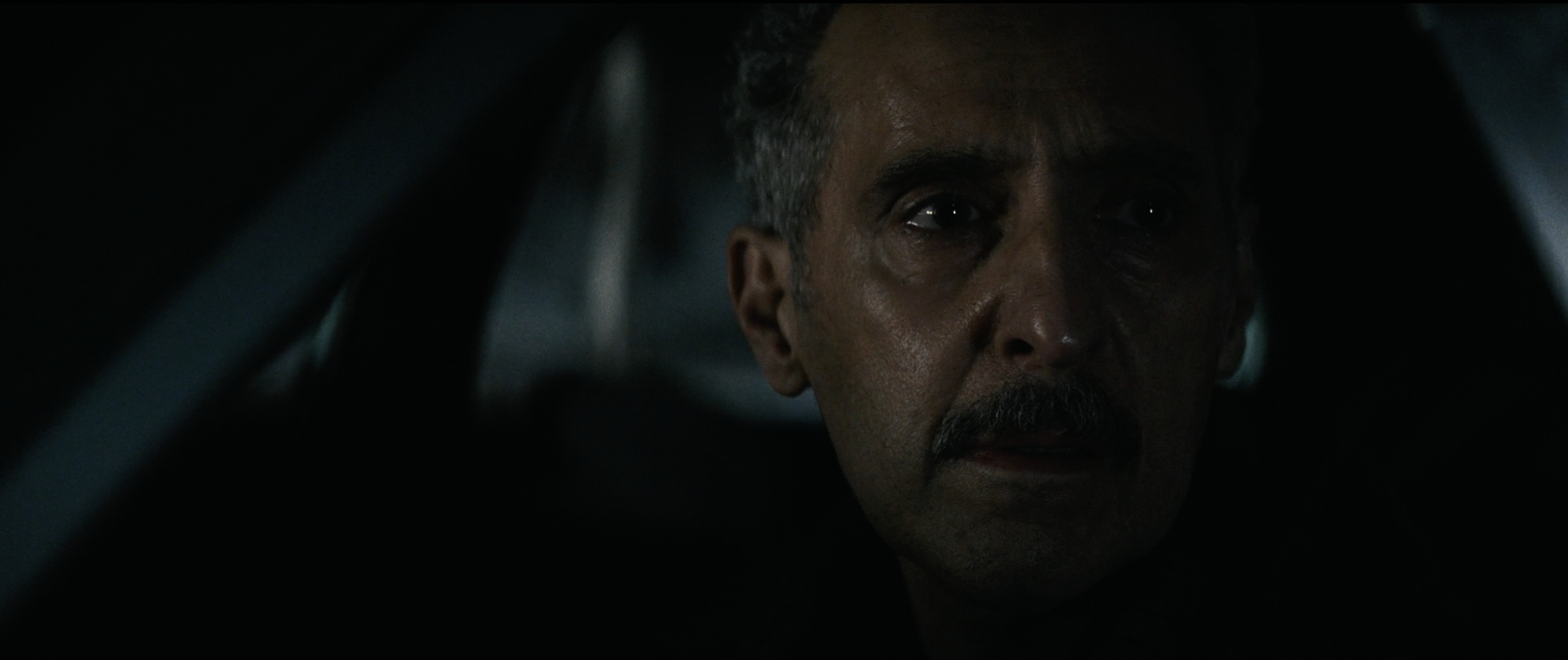
Based on what we saw in last week’s penultimate episode, it was unclear just what Irving would be able to glean from his experience. He was alone, painting the elevator to the testing floor, without the proximity to people or places that we know would be meaningful or valuable for their plan to unfold. Ben Stiller’s choice to shoot early scenes literally from the characters’ point of view foregrounds their orientation to their surroundings, which for Irving is much more calm and pensive than the sensory overload that Mark and Helly experience.
Slowly, though, he inuits his way through his—well, “his”—things, and he eventually stumbles on a surprising trove of information: buried under his father’s naval regalia is extensive research on severance and Lumon, including a roster of severed employees complete with their addresses marked on a map of Kier, PE (which is where our characters live).1 With no one to talk to, we never hear Irving wonder aloud where this came from, or what motivated his Outie to compile it, or how it might be connected to the obsessive painting situation going on in the living room. Irving is focused only on one thing: after finding himself on the list, he goes straight for “Burt G,” grabs the map, heads out the door, and pieces together the process of driving a car in order to see the man he loves.
Irving’s story plays without a significant revelation: nothing we see in the trunk is new information, and while we confirm that Burt is still alive and well on the outside and living with his partner, Irving is ultimately interrupted before his emotional outburst at the front door is acknowledged. I have a lot of questions about Irving’s outie, and wonder how his investigation into severance converges with Mark’s or Petey’s, and whether his recent (?) painting binge converges with the “dozing” problem, but he mostly just gets to act out the cosmic tragedy of what innies never get to truly experience. He saw a glimpse of the life he’ll never live, flailing to get in Burt’s door just as he’s yanked back to whatever awaits him when his outie returns to the severed floor.
It’s here where “The We We Are” succeeds at creating some foundational, existential questions about the future of the show that go beyond the mysteries that had previously been established. Outside Irving is about to wake up, seemingly unaware that the Overtime Contingency exists, banging on the door of a stranger he’s never met, with no recollection of traveling from his home. Will he understand what happened? Will it be enough to convince him not to return to Lumon? It’s just tremendously unclear what the status quo of the severed floor looks like after Macrodata Refinement so actively blows up the entire operation, and even in Irving’s fairly low-key story it feels like this is going to change the fabric of their lives and Lumon’s operation fundamentally.

Unlike Irving, though, Mark is able to talk to someone, with Devon now becoming a critical part of the efforts to spread the word regarding what’s really happening on the severed floor. This is the part of “The We We Are” that feels the most like the whole season was just like a pilot, as she was the missing piece of the puzzle: the show started to flesh out her point-of-view with the run-in with the senator’s severed wife at the birthing center and her subsequent curiosity, but now the show has someone on the outside who knows what’s going on, is in a position to address it, and has the ability to see and understand a severed person’s two selves in a way no one else has.
Watching Inside Mark navigate the party reinforces how while this may have been nine episodes of setup to get to the point where the larger premise of the show feels fully in place, seeing these characters’ origin stories was powerful. Mark’s moment of realization that he is at Ricken’s book reading is so innocent, and the episode gets great mileage out of Ricken expecting cynicism and judgment before being surprised by how much his brother-in-law has suddenly been transformed by this work. Because we already know Outside Mark, this isn’t a story about new revelations: it’s about seeing the two Marks converge, and allowing Inside Mark a taste of the life he never knew.
The weird thing about Mark’s story here is that we arguably don’t even see the most important moment: Mark explaining to Devon what’s going on. It’s possible that they felt it slowed down the episode too much—it happens right after Cobel realizes that the Overtime Contingency is in place, which ramps up the tension considerably, so maybe decided it just made more sense to drop us into the substantive part of Mark and Devon’s conversation where they’re strategizing how best to move forward (talk to journalists, not the police) and then realizing the Mrs. Selvig and Ms. Cobel were one and the same. But I do sort of find myself wondering what exactly he said to convince her that it was true, and how that conversation settled into the place we find it in.

The biggest revelation for the audience in the finale is obviously with Helly. I had gathered from context clues that she was at the Eagan Family Gala being held at the Lumon offices, but I don’t think we had enough information to have intuited that she was in fact Helena Eagan, descendent of Keir, severed as a PR stunt to prove the value and legitimacy of the procedure and draw political support.
It explains a lot, though: one of the key questions was understanding why precisely Helly’s outie was so adamant that her Innie wasn’t allowed to quit, given that we knew that there had been other people in the past who had left without incident. At the time, the information we had suggested that perhaps she really believed in her work, or was more aware of what that work was than Mark or the others seemed to be. But the idea that she was doing this out of obligation to her family tracks with her reaction to the suicide attempt—which had been hidden from the Board—and the message she sent to Helly afterward.
Helly’s situation is obviously the most fraught: she’s not just in the lion’s den, she is literally one of the lions, and has to adapt quickly to avoid being found out. But what struck me watching the episode was realizing that while we are acutely aware of how Inside Mark doesn’t line up with Outside Mark, we still don’t actually know much about Helena beyond the facts of the matter. She’s obviously going along with her family’s P.R. plan, but did she do so out of steadfast belief in the “core principles” of Lumon, or out of a sense of obligation? Has she had any doubts about the ethics of severance after the suicide attempt, or did it simply embolden her to continue on this path? Because we see only a brief second of Helly before the Overtime Contingency is activated, we really only know the version of Helena that Lumon wants us to see, and the manufactured version of Helly that Milchick captured with his camera earlier in the season.
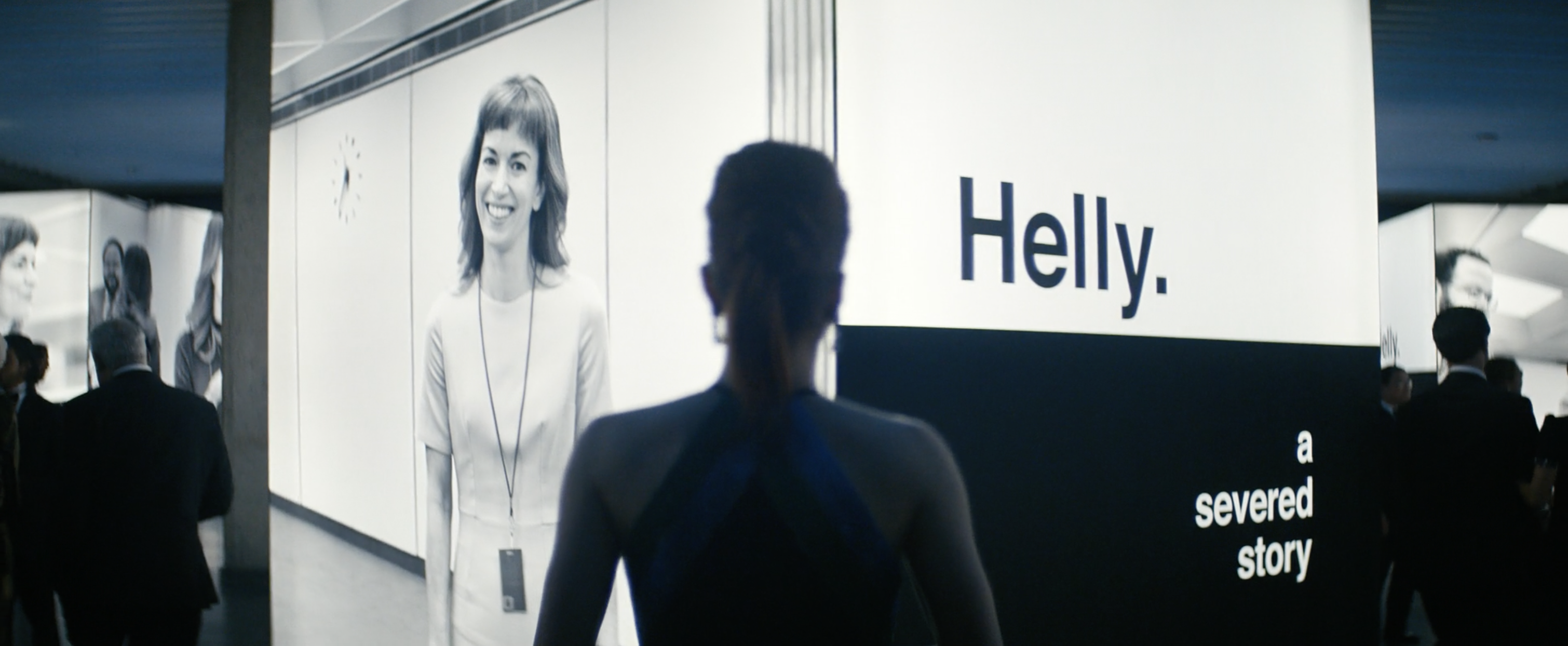
Helly walking through the exhibit is a striking, dystopian image of the moral consequences of severance, both because it’s all a lie and because it raises significant questions about what exactly they’re doing on the severed floor. Is it all just either a PR stunt or some type of experiment as Lumon prepares to turn severance into a mass market elective procedure? How does Cobel’s psychic games with Mark play into whatever the central purpose of this space and these employees? Cobel rushes back to Lumon to try to stop Helly once she realizes what’s happening, but she also kept her suicide attempt from the board, as though she doesn’t trust them to be operating in the best interest of Kier’s vision for Lumon.
These are the types of questions that “The We We Are” mostly ignores in favor of giving each character a moment to reflect on their personal and shared values, and how far they’ll go to fight back against their subjugation. The scene where Helly begins reciting the “Compunction Statement” from the break room in the bathroom mirror is an immensely satisfying moment in her journey: she is atoning for her Outie’s actions, not her own, blurring the lines between them right as she steps out to bring the company down. Whereas Mark and Devon laid out a long-term plan to uncover and reveal the truth about severance, Helly is ready to blow shit up, and tells them what we’ve learned over nine episodes: Innies are far from the happy-go-lucky people seen in those photos. They are miserable. They are prisoners.
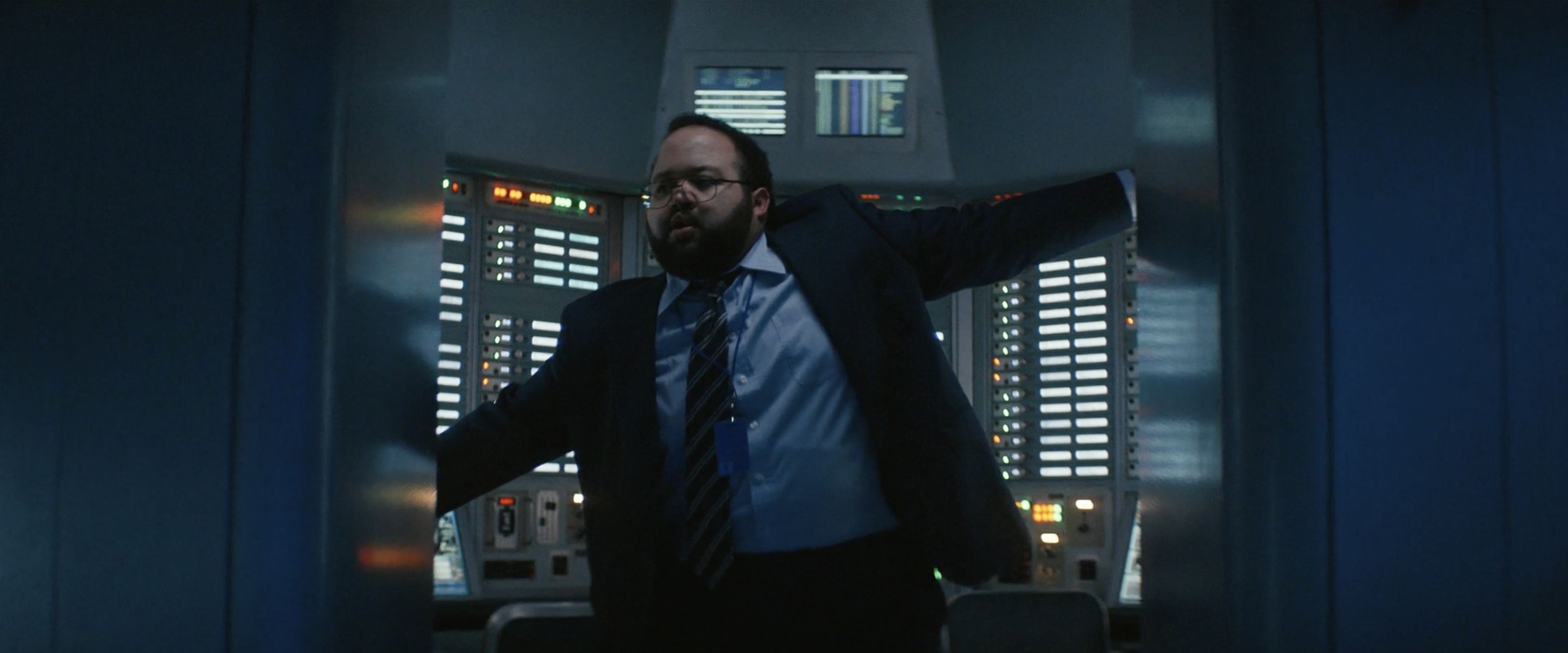
Dylan was never going to be able to hold on forever, but the fact he held on as long as he did was his own sacrifice. When Milchick finally takes Cobel’s call and sprints through the halls—such a disorienting view of them compared to the usual slow walks—he offers every temptation while he cuts through the ropes Dylan used to jam the door. He offers perks Dylan doesn’t even know about—Coffee cozies! Paintball!—but Dylan doesn’t budge. And when Dylan screams that he wants to remember his kid being born, Milchick tells him he has two more, and still he refuses. Dylan’s arc is probably the least meaningful of the four characters, but its simplicity is justified by the fact that these people have no concept of human development. In his world, perks were everything, but once he became aware of a world beyond those boundaries it was all he could think about. He represents the sheer fragility of this prison they’re trapped in, and when push came to shove the only thing he trusts and places value in is the one thing he could see as he held those switches: the MDR team in his photo cube, working together to change their circumstances.
Milchick does eventually tackle Dylan, ending the overtime contingency as each of the other three characters are about to take action. We know it’s unlikely that Outside Irving will have any conception of why he is at Burt’s home, meaning there’s not likely to be a significant moment of discovery there. However, we’re left with an unclear sense of whether Helly and Mark’s messages will be received. Helly got out her message, and was tackled offstage, but will “Helena” wake up and try to smooth things over? And while Mark finally spots a photo of Gemma—the clearest “revelation” he was likely to piece together in the course of his mission—and screams “She’s alive,” is Devon going to know what that means? Will that become a key part of her investigation, or will it simply read as a non sequitur without some kind of followup?
This uncertainty is, to an extent, thrilling: there’s a reason why so many critics breathed a public sigh of relief when the show was officially renewed for a second season on Wednesday, as the idea of never seeing the resolution to this scenario had been weighing on them since they finished their screeners. What does this show even look like when it returns sometime next year? Why would Outside Mark, when he wakes up to discover what’s happened, return to Lumon knowing what consequences his Innie could face? Why would Lumon allow them to return knowing what’s happened? Theoretically Cobel and Milchick could hide the fact that Mark and Irving were also “activated,” but they can’t hide Helly’s speech, right?

While this season might have transformed itself into something of a prologue for the version of the show where the “plan of action” is clearer, these questions reinforce that there is still an almost absurd amount left unresolved when the finale cuts to black. And I do think there’s a fine line between thrilling uncertainty and a nagging feeling like none of this will ever add up in a satisfying way. For me, “The We We Are” makes a compelling argument for this season having been about the Innies learning the value of solidarity in an environment meant to deprive them of meaningful human connection, and it makes sense to treat this as a necessary prerequisite for the show to dig deeper into the big picture of this story. And the choice to leave audiences hanging like this, while potentially disastrous if the show hadn’t been picked up, nonetheless created a breathless forty minutes of television, which I take some confidence in as the show moves into uncharted territory.
What I can say for certain, though, is that my intuition in choosing to cover the show when I started this Substack proved correct: this is a show people are talking about, and which grew in word of mouth to become a central text of The Discourse around television. And now the attention shifts to how the show, freed from the need to bait Apple into ordering another season, pulls the trigger on the answers it will need to sustain this level of Discourse next year.
Stray observations
I generally presumed that Cobel had stashed Eleanor somewhere other than the car, but I still loved the extra layer of neglect implied when she leaves the car in neutral as she runs into the gala, forcing the valets to run after it.
Speaking of the baby, I appreciate the show’s willingness to make Ricken and Devon’s friends into kind of awful people: the way the guy who finds her acts like he was a hero, and actively voices the credit he deserves, is an active call to loathing.
I really wondered for a moment if it was possible that Burt could have been Helly’s father, but no: said father was simply a frail old man, much as we would expect of the Eagan lineage.
It seemed unlikely that they would have set up the reveal of Ms. Casey as Gemma without having Inside Mark find out, but I did appreciate the close call with Ricken and the photo, interrupted by news that his neti pot was ready for him. With how tense the episode was, Ricken added a bit of comedy, which helped manage the pace of the piece as a whole.
One thing that I’m curious to know is how far Lumon has gone in terms of their experiments with mass market severance. The implication is that the senator’s wife has been using this method for all three of her pregnancies—the “Innie”-equivalent still spoke of it as her third child—but that implies they have been doing this for close to the same period of time as the severed floor has been operational (which admittedly is amorphous—the earliest “severed date” in Irving’s paperwork is 2008, from what we see, not that we know what year it is). Is this still an isolated application, or are there other powerful people abusing severance under the table?
I’m glad that they made sure we got to know Irving’s dog’s name. I hope Radar isn’t adversely affected by this situation.
“I just want to know why…why he put me in there”—it’s such an interesting rhetorical dance, the idea of the Innies. Like, Mark didn’t “put him in there”—he created him out of whole cloth. And yet that’s not how the Innies experience it, in the end, and their perspective is expanding but nonetheless still stuck on their origins.
“I bet the Tempers are still performing”—are they, though? Wouldn’t they be, like, having a smoke break and shooting the shit? I want to see the Craigslist ad for that gig.
Having sat on it, Helly and Mark’s kiss really feels like an extraneous bit of romance that in no way seems necessary for this to land: they can just be close based on their circumstances, without needing to frame it in romantic terms. I’d cut that, if I could.
I presume Ricken painted the portrait of Ricken in their bathroom?
“You see your Innie as your sister”—I’m really curious how the relationship between the Innie and Outies shift now that they have ways of communicating, provided that can achieve this through Devon. We saw how Petey’s reintegration created an almost corruption of the self, but maybe if they can coordinate and work together through a surrogate they can achieve the type of harmony that Lumon imagines, albeit with the goal of bringing Lumon down from the inside.
In his interview with the creative team, Alan Sepinwall learned that creator Dan Erickson originally wanted to put more details about the story into this finale, but Ben Stiller convinced him to effectively hold Apple hostage to force a second season. I’m curious which answers those were. My speculation would be more details on the Testing Floor, which feels like we could have gained more context or information without completely removing the mystery.
It seems plausible that Succession is still going to sweep through the Emmys with ease, but I’m curious whether Severance gains momentum in below-the-line craft categories. In this episode in particular, the editing as they kept momentum switching through storylines was really critical, and striking in revisiting the episode.
And thus concludes my first season coverage of Severance. I want to thank everyone who’s been along for the ride on this first show I’m covering here at Episodic Medium—y’all are the early adopters, and I’ve really been thrilled to have an ongoing dialogue about the show that I hope has benefitted you as much as it has me. Barring something unexpected happening between now and then, I’ll be excited to return to the show upon the debut of the second season in 20232, and look forward to hopefully carrying this conversation onto the next shows I’ll be covering in the weeks/months to come.
So I definitely read this as Kier, PA initially, and thanks to reader Jack for correcting me. The choice of PE further disassociates us from reality, and returns us to that conversation we had about Helly’s Delaware answer. We know Delaware exists in this version of our world, but we technically don’t know that everything else is the same. Maybe Delaware is the one constant and every other state is different! (We do know New York exists from Devon’s conversation with Inside Mark, but still). ↩
2025 Myles here to say LOL. ↩
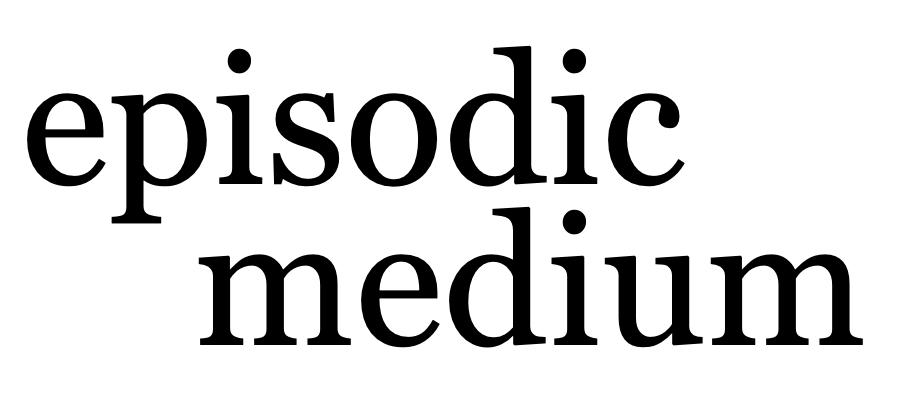
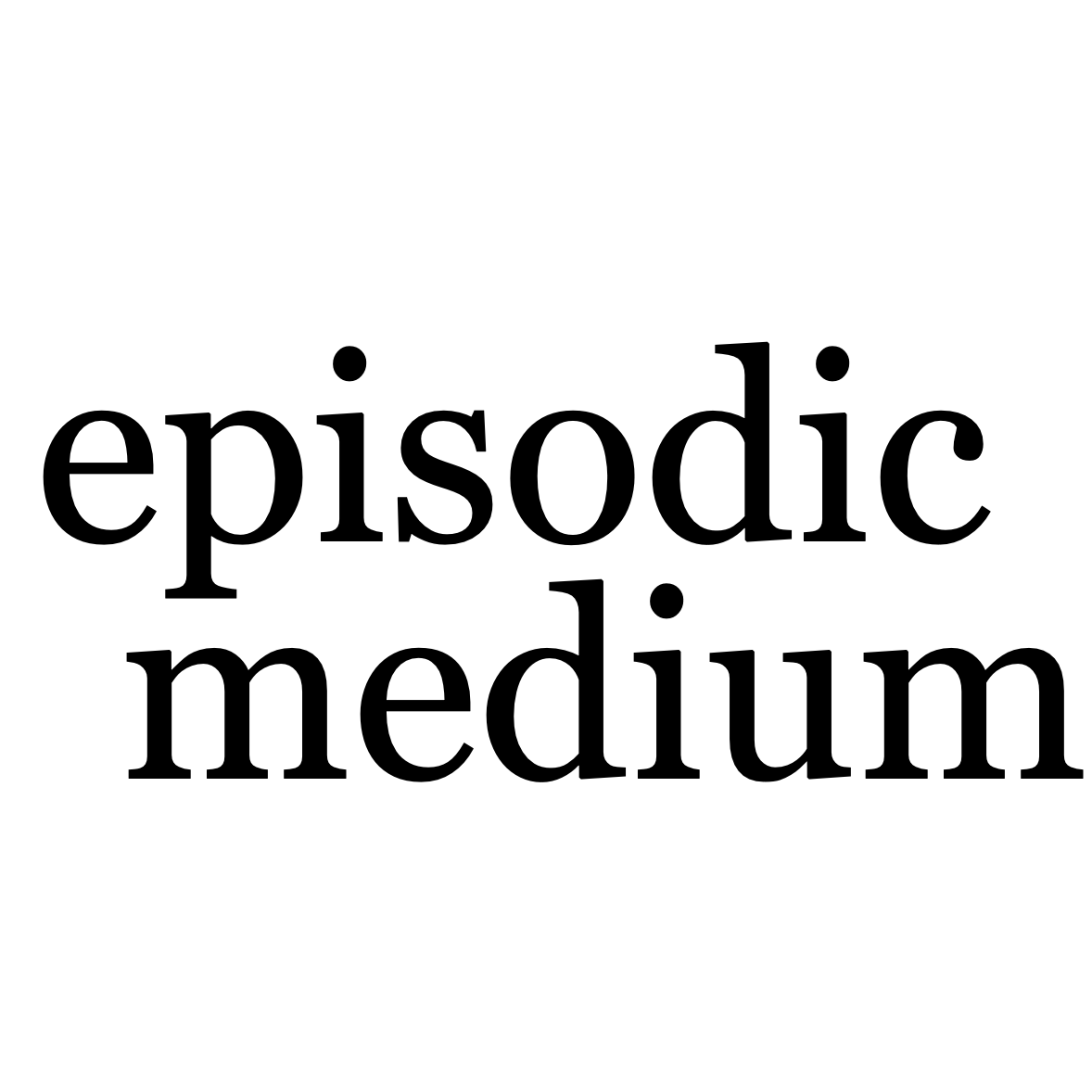
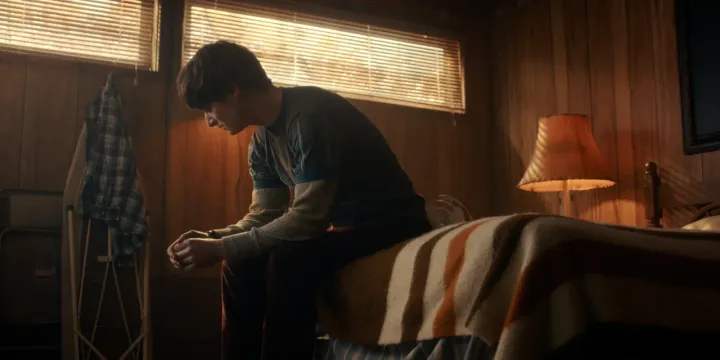
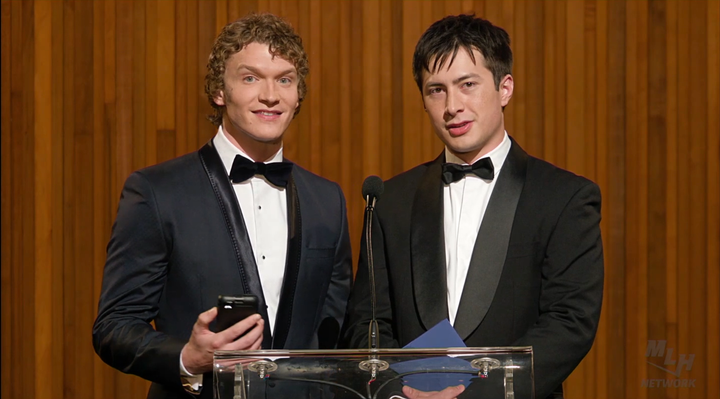

Comments ()